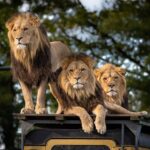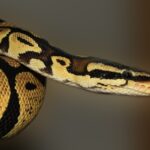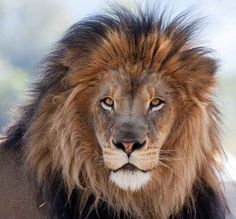 10 May
10 MayInsights into Lion Breeding Seasons: Discover the unique behaviors
The lion breeding season, moreover known as the mating season, could be an intriguing period characterized by interesting behaviors and physiological changes among lion pride. Understanding these behaviors and triggers gives bits of knowledge into the regenerative procedures of these famous huge cats.
Timing of Lion Breeding Season
The lion breeding season can change based on natural variables such as prey availability and territorial climate. In common, lions don’t have a strict breeding season like a few other warm-blooded animals; instead, mating can happen all through the year. In any case, there are frequently top periods of mating action that coincide with regular changes and ideal conditions for raising cubs.
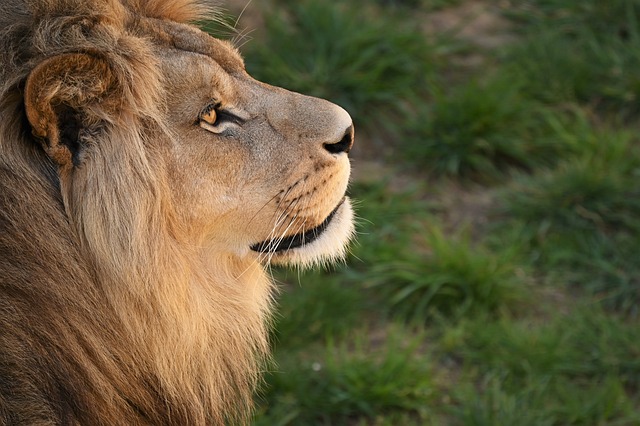
Unique Behaviors Amid Lion Breeding Season
1. Roaring and Fragrance Marking:
Male lions heighten their thundering to announce domain and pull in females. Thundering serves to promote their nearness and dominance to equal guys and potential mates.
Both guys and females lock in in fragrance stamping by rubbing their heads against trees, rocks, or bushes and splashing pee to set up domain boundaries and communicate regenerative readiness.
2. Courtship and Combine Bonding:
During the breeding season, male lions effectively court females by rubbing heads, nestling, and preparing them. Romance behaviors fortify match bonds and diminish hostility between mating partners.
Female lions appear open behavior by starting contact with guys, displaying themselves for mating, and locking in common grooming.
3. Mating Behavior:
Mating among lions is frequently brief but strong, with numerous mating sessions happening over a few days. Male lions protect and mate with females inside their pride to guarantee the paternity of future offspring.
Female lions may mate with different guys amid estrus, advancing hereditary differences inside the pride and lessening the hazard of child murder by amalgamation males.
4. Social Dynamics:
The breeding season impacts social flow inside lion pride, with expanded cohesion and participation among pride members.
Male consolidation individuals work together to protect the domain, compete for mating openings, and secure offspring from match males.
Triggers of Lion Breeding Season
1. Photoperiod and Hormonal Changes:
Changes in day length (photoperiod) can impact hormonal cycles in lions, activating physiological changes related to mating behavior.
Increasing sunshine hours in spring and early summer can fortify the generation of regenerative hormones in both male and female lions.
2. Availability of Resources:
Breeding seasons regularly coincide with periods of copious nourishment accessibility, such as after the stormy season when prey populations are high.
Females may delay mating on the off chance that natural conditions are unfavorable or if prey assets are rare, guaranteeing ideal conditions for raising cubs.
3. Social Structure and Region Dynamics:
The nearness of overwhelming guys and steady pride structures can impact the timing and victory of mating events.
Dominant guys effectively watch and protect regions, constraining gets to females and avoiding equal guys from mating.
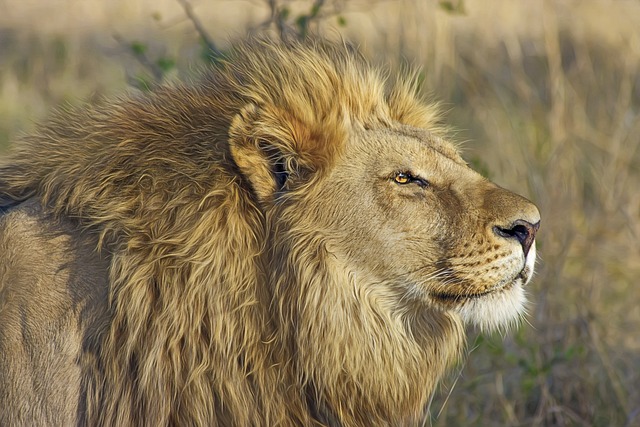
Parental Parts and Offspring Rearing
Following fruitful mating amid the breeding season, female lions experience an incubation period of roughly 100 to 110 days. Offspring are regularly born in litters of two to four, even though litter sizes can shift. The timing of births regularly coincides with periods of copious prey accessibility to bolster lactating females.
1. Maternal Care:
Lionesses play an essential part in raising whelps, giving maternal care and assurance inside the pride.
Cubs are born to dazzle and defenseless, depending completely on their mother’s care for survival amid the early weeks of life.
Lionesses nurture their whelps for several months, slowly presenting strong nourishment as the offspring grow.
2. Male Involvement:
Male lions inside the pride, counting the overwhelming guys, contribute to the assurance and defense of whelps against outside threats.
While guys don’t specifically care for youthful whelps, they play a significant part in keeping up pride cohesion and guarding territory.
Impact of Breeding Season on Lion Populations
The breeding season is instrumental in keeping up sound lion populations and maintaining hereditary differences inside pride. Key impacts of the breeding season include:
1. Genetic Variation:
Multiple mating occasions amid estrus increment hereditary differences among lion descendants, advancing flexibility to changing natural conditions.
Female lions may mate with guys from diverse prides or coalitions, upgrading hereditary blending inside lion populations.
2. Pride Dynamics:
Successful mating and whelp raising fortify social bonds inside lion pride, fortifying agreeable behaviors among pride members.
Breeding occasions impact the conveyance and steadiness of pride, forming regional behaviors and interactions with neighboring groups.
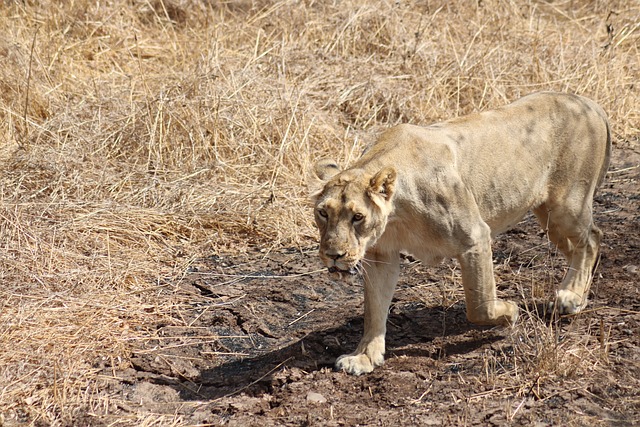
Conservation Implications
Understanding the behaviors and triggers of the lion breeding season is imperative for viable preservation methodologies pointed at ensuring these summit predators. Preservation endeavors center on:
1. Habitat Preservation:
Protecting lion environments, counting savannas, meadows, and forests, to guarantee the accessibility of reasonable breeding grounds and prey populations.
2. Anti-Poaching Measures:
Combating illicit natural life exchange and poaching exercises that undermine lion populaces and disturb characteristic breeding behaviors.
3. Community Engagement:
Involving neighborhood communities in lion preservation endeavors through instruction, economic vocations, and advancing coexistence between people and wildlife.
4. Research and Monitoring:
Conducting logical considerations and checking programs to track lion population, regenerative victory, and hereditary wellbeing to illuminate preservation strategies.
By tending to these preservation challenges and prioritizing the security of lion breeding behaviors and living spaces, able to guarantee the long-term survival and environmental versatility of these iconic enormous cats in their characteristic ecosystems.
Conclusion
The lion breeding season could be an essential period that impacts social elements, hereditary differing qualities, and populace supportability inside lion pride. By unraveling the complexities of lion regenerative behaviors and triggers, we pick up profitable bits of knowledge into the ecological parts and preservation needs of these radiant predators. Through collaborative preservation endeavors and proactive administration methodologies, we can secure a future where lions flourish and proceed to fulfill their significant part in keeping up solid biological systems.


